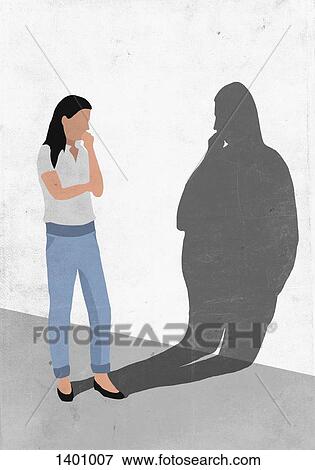
Positive metaphysicians concede that the shadows are “seen” as figures rather than ground. The dots of light were reminders that shadows are lifeless effects of positive causes. To appease the pious, puppets were perforated. This animation raised medieval concern about idolatry. Shadows are enlivened by actions, such as jumping, bowing, and kissing. If shadows were not seen as figures, shadow plays would be as visually inert as radio plays. “Exist” derives from “ex” (out) and “sistere” (made to stand). “Shadow” footnotes what is not illuminated-or what is in the background. Not getting 6-6 on a roll of a two dice is just a short substitute for a long disjunction of thirty-five positive alternatives: getting 1-1 or 1-2 or 1-3 or etc. “Shadow” can be mentioned in a causal explanation only in the way “not” is mentioned-as abbreviating something positive. For the shadow does not cause the tower’s height or the sun’s position. But the length of the shadow and the angle of the sun do not explain the height of the tower. The height of a tower and the angle of the sun explain the length of its shadow. The milk is pushed up by the atmosphere pressing down more strongly on the surrounding surface of the liquid. Milk in a straw is not pulled up by a vacuum. And all causes are positive things that can transfer energy. Man, they said we better, accentuate the positive The methodology harmonizes with the lyrics of Johnny Mercer’s 1944 hit song “Accentuate the Positive” (adapted from a sermon by Father Divine): A shadow is a hole in the light, not a part of what is seen, they say.Ī positive metaphysician translates talk of negative things into talk about positive things. Metaphysicians who think reality is always positive deny the visibility of shadows. Any light present in a shadow is pollution. Shadows force the fourth and most profound exception to “To see is to see light.” Shadows cannot absorb light. For that is the only part of the moon causing a difference in what she is seeing. She thinks that if she witnessed a solar eclipse, she saw the lunar rear. The negative metaphysician thinks the poetess overgeneralized from front-lit viewing. O moon, when I gaze on thy beautiful face,Ĭareering along through the boundaries of space,Įdmund Gosse attributed this quatrain to his housekeeper. For centuries, bards yearned to see the opposite side: Thanks to tidal forces, one side of the moon permanently faces earth. For the front side is completely enveloped by the shadow cast by the back side of the moon. During a total solar eclipse, you do not see the moon by virtue of the light its front reflects. The corona of the sun, viewed during a total solar eclipse via JSTORĪ third exception to “To see is to see light” exists for silhouettes. Whereas other colors are associated with light (of an unabsorbed wavelength), black is the appropriate visual response to the absence of light. They now say black is the color of indiscriminate light absorbers. Color scientists have amended the canonical phrase, “To see is to see light,” for light absorbers. The less light escaping from letters, the better letters are seen.

The black letters on a page are seen by virtue of the light they absorb, not the light they reflect. To see the darkness behind your head, you must turn around.Ī second exception requires turning the lights back on. It no more looks dark to them than it looks dark behind your head. For a blind people cannot see the darkness. You must inform a blind companion of the darkness. It even looks a certain way: dark all over, not red all over. The negative metaphysician takes exception: In a blackout, you do not hear the darkness or taste the darkness. In De Anima, Aristotle writes that each sense has its own proper object: “Sight has color, hearing sound, taste flavor.” Color requires light. Perhaps the artists portrayed only what they believed to be visible. They are rarely depicted in the era’s paintings. Shadows were fringe phenomena in the Dark Ages. Humanities Research Center (photo by Aaron Pratt). I ask: Do astronomers presuppose the existence of shadows when they calculate the altitude of lunar mountains? Do physicists imply that shadows move when they measure waves in a “shadow tank”? (The tank is filled with transparent water!) Shadows on the page of a bible. I do not trust my eyes! Instead of reading between the lines of divine testimony, I read between the lines of scientific testimony.



 0 kommentar(er)
0 kommentar(er)
